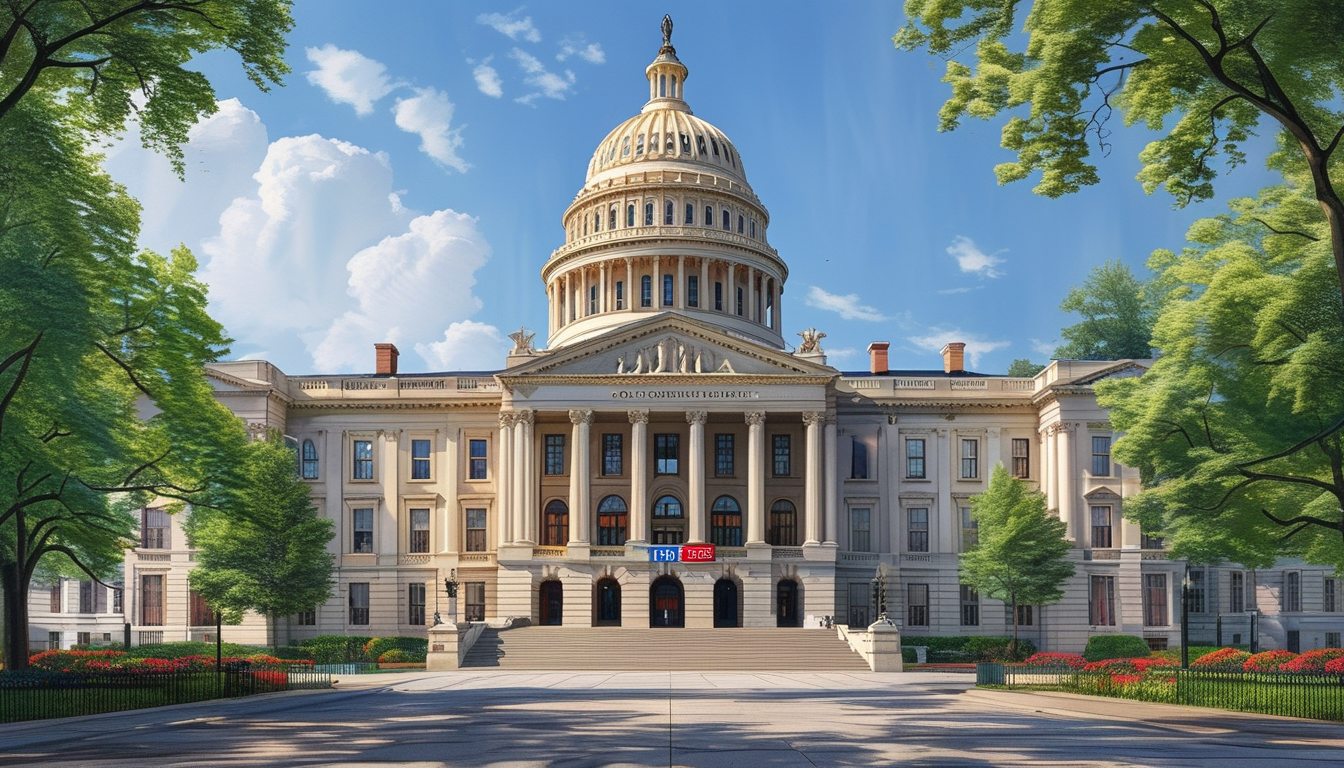Maine’s U.S. Senate contest is unfolding under unusually fluid circumstances. With the state’s primary set for June, the field has been reshaped by petition challenges, late withdrawals, and legal wrangling over ballot access—all while an independent incumbent, Angus King, prepares to seek another term in November. The result is a primary season in which the parties are making choices with a general election likely to feature three major candidates.
At stake is one of Maine’s two U.S. Senate seats, a post held since 2013 by King, an independent who caucuses with Democrats. Because King is not on a party ballot, Democrats and Republicans are moving ahead with their own primaries to select nominees for the general election. The presence of a well-known independent in November alters the strategic calculus for both parties, influencing recruitment, fundraising, and turnout plans.
Why the primary has been tumultuous: Maine’s stringent petition requirements and verification process have triggered challenges to candidate signatures, narrowing fields and recalibrating campaigns late in the calendar. Several bids have been tested by administrative reviews and, in some cases, court appeals—producing last-minute clarifications about who will appear on the ballot. The churn has complicated voter outreach and campaign messaging, as candidates adjust to shifting matchups.
How the rules work: Maine uses ranked-choice voting for state and federal primaries when more than two candidates run, ensuring the eventual nominee crosses a majority threshold after instant runoffs if necessary. In the general election, ranked-choice voting also applies to U.S. Senate contests, a factor that can shape strategy in a three-way race. Maine now allows unenrolled (independent) voters to participate in a party’s primary without joining that party, broadening the electorate and potentially changing who turns out in June.
What to watch ahead of primary day: First, the final list of qualified candidates and whether any remaining challenges alter the ballot. Second, the distribution of support in any multi-candidate primary, where second-choice preferences can matter if ranked-choice rounds are triggered. Third, money and message: outside spending, candidate fundraising, and local endorsements will signal how national and in-state actors rate the race’s competitiveness. Finally, turnout from unenrolled voters could be pivotal, particularly if one party’s contest draws more interest.
Looking to November: With an independent incumbent likely on the general-election ballot, both parties face a distinctive path. The Democratic and Republican nominees must navigate a three-way environment in which coalition-building, issue differentiation, and second-choice appeal may be as important as base consolidation. For voters, the ranked-choice system means they can rank preferences without fear of “spoiling,” a dynamic that can influence both tactical voting and campaign outreach.
Key nuts and bolts: Maine permits no-excuse absentee voting, and same-day voter registration is available at municipal clerks’ offices on Election Day. Voters can confirm their registration status, polling place, and sample ballots through the Maine Secretary of State. Official results, including any ranked-choice tabulations, are typically certified after all ballots—including absentee and overseas ballots—are processed.
Bottom line: Maine’s Senate primaries are unusually eventful, shaped by ballot-access disputes and the prospect of a three-way general election with an independent incumbent. The combination of ranked-choice rules, an expanded primary electorate, and shifting candidate fields makes this one of the more procedurally complex Senate races of the cycle—and one where late developments could matter.












Leave a Reply